Two more bright fireballs could be registered with the SMART Project’s detectors operated at Calar Alto (Almería), Huelva, La Hita (Toledo), Sierra Nevada (Grandad), La Sagra (Granada) and Seville.
The first of them was on April 18th at 20h42 UT. The second one took place on April 21st at 01h50 UT.
Both of them also were recorded from the external cameras of Calar Alto Observatory in Almería.
However, due to the clouds that covered most of observatories on 18th, the first one only was registered with Calar Alto cameras, so no triangulation was possible and no other data could be extracted from it.

Below are the videos that externals cameras of Calar Alto Observatory, where the sky was clear, could record.
 With second one (the one on April 21st) we were luckier. Triangulation with other observatories was possible, and it has been analyzed by Professor José María Madiedo (Instituto de Astrofísica de Andalucía IAA-CSIC), SMART Project PI.
With second one (the one on April 21st) we were luckier. Triangulation with other observatories was possible, and it has been analyzed by Professor José María Madiedo (Instituto de Astrofísica de Andalucía IAA-CSIC), SMART Project PI.
This fireball had a cometary origin. A fragment from a comet impacted against our atmosphere at a speed of 152.000 km/h.
The luminous part of the event started at an altitude of 102 km above Morocco. The fireball moved then northward toward the Mediterranean Sean and finished at an altitude of 36 km just on Morocco’s coasts.
Below is the video that one of the external cameras of Calar Alto Observatory in Almería registered of this event.
Calar Alto (CAHA) fireball detection station, together with the one at the Observatory of Sierra Nevada (IAA-CSIC) and others placed at different locations in Spain, are part of the S.M.A.R.T. project led by Professor José María Madiedo (IAA) to track that kind of objects. Specifically, Calar Alto (CAHA) station and the one at Sierra Nevada (IAA-CSIC) constitute a collaboration agreement between the IAA researcher José María Madiedo and both institutions.
 English (UK)
English (UK)
